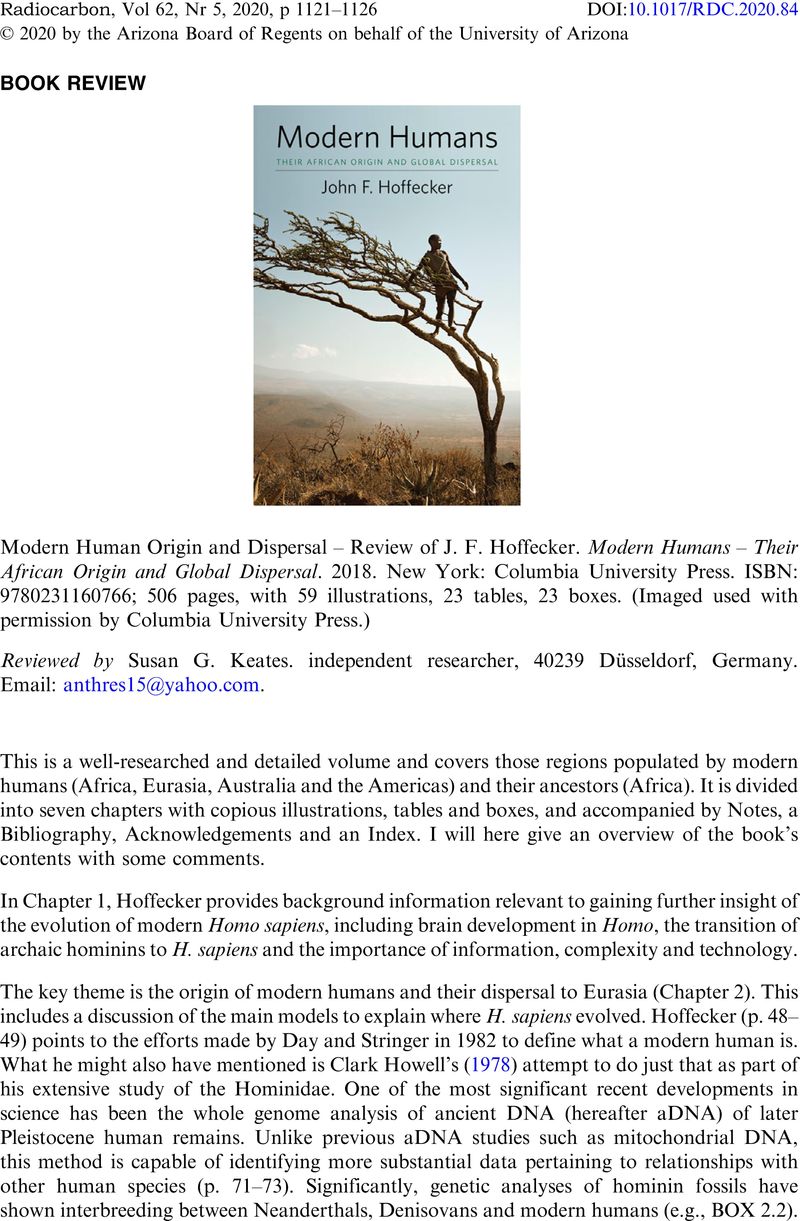Keates, SG. 2004. Notes on the Palaeolithic finds from the Walanae valley, southwest Sulawesi, in the context of the Late Pleistocene of Island Southeast Asia. In: Keates SG, Pasveer JM, editors. Quaternary research in Indonesia. Modern Quaternary Research in Southeast Asia 18:85–110. Leiden: A.A. Balkema Publishers.
Google Scholar 